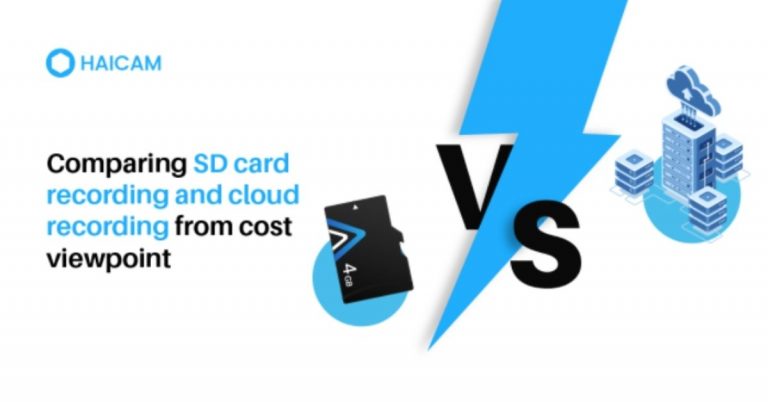Installing a Surveillance system at your home or office is similar to paying a premium for the security of our property and our loved ones that are at home when you are away for work, business trips, or vacation. You would purchase reliable security cameras that would store captured evidence during an investigation.
They should remain operational 24 x 7 and should keep recording video or capture images during acts of vandalism, an intruder at your doorstep or attend baby crying, monitor movements of an elderly or track mischiefs of your innocent ones.
You can record videos and pictures taken by these surveillance cameras on a secure digital memory card (SD card) available at a nominal cost.
They come in three sizes
- Standard SD cards (length 32 mm x width 24 mm x thickness 2.1 – 1.4 mm),
- miniSD cards (length 21.5 mm x width 20 mm x thickness 1.4 mm) and used in digital camera
- microSD cards (length 15 mm x width 11 mm x thickness 1 mm) are used in mobile devices
SD cards have a maximum of four widely available storage capabilities namely
- SD card storing a maximum of up to 2 GB has been discontinued completely & replaced by SDHC or SDXC cards
- SDHC card with storing capacity starting from 2 GB up to 32 GB ( $ 8.75 for 32 GB Ultra SD card)
- SDXC card with starting storage from 32 GB to 2 TB ( $ 772.03 for 2 TB card – compatible with 4k, 6k & 8k video recording at High Frame Rate & Bitrates)
- SDUC camera with whooping storage capability from 2 TB to 128 TB.
Advantage of using SD cards for storing surveillance camera captures and recordings
- You may spend one time to purchase an SD card but you need not pay regular charges for external storage charges
- You can access your media files without an internet connection
The disadvantage of using SD cards
- You cannot store on SD card over their maximum storage capacity
- SD cards are not scalable, you have to remove previously-stored files regularly to reuse them for storing new files once SD card have consumed their maximum capacity
You can store your videos and images over the cloud with the following advantages over locally storing them on an SD card.
You can avail storage capacity from Amazon, Google, or IBM cloud services or iDrive, OneDrive, DropBox for pay-per-use storage. Cloud services offer unique features like security, high availability, scalable, near 100% uptime, flexible payment plans, and the use of infrastructure without investing in purchasing them on-premise.
Advantages of using Cloud services for storing surveillance camera captures and recordings
- Storing over the cloud will be cheaper in the long run as you can avail facility pay-per-use where you only pay for minimum storage
- Cloud storage offer scalability with no maximum limit of storage
- You can avail all previous records at the click of a button from anywhere anytime using internet services
- You can retrieve your stored files from backup in the event of hard disk failure or malfunction at cloud service.
- Your recordings and captured videos and images remain secured at cloud storage providers.
For the first 50TB per Month – Amazon S3 storage charges are $ 0.023/GB,
Microsoft Azure Hot Blob storage charges are $ 0.0184/GB whereas Google Cloud offers storage services at $ 0.026/GB respectively.
Google Drive offers free storage up to 15 GB, 100 GB for $ 1.99 per month & 2 TB for $ 9.99 per month.
Conclusion
It is your specific situation and scenario for storage and handling captured evidence either on an SD card, Disc, or cloud storage. All the pros and cons have been discussed for you to analyze your situation for home security and safe retrieval and storage of footage or snaps during an event on an SD card or cloud storage.
